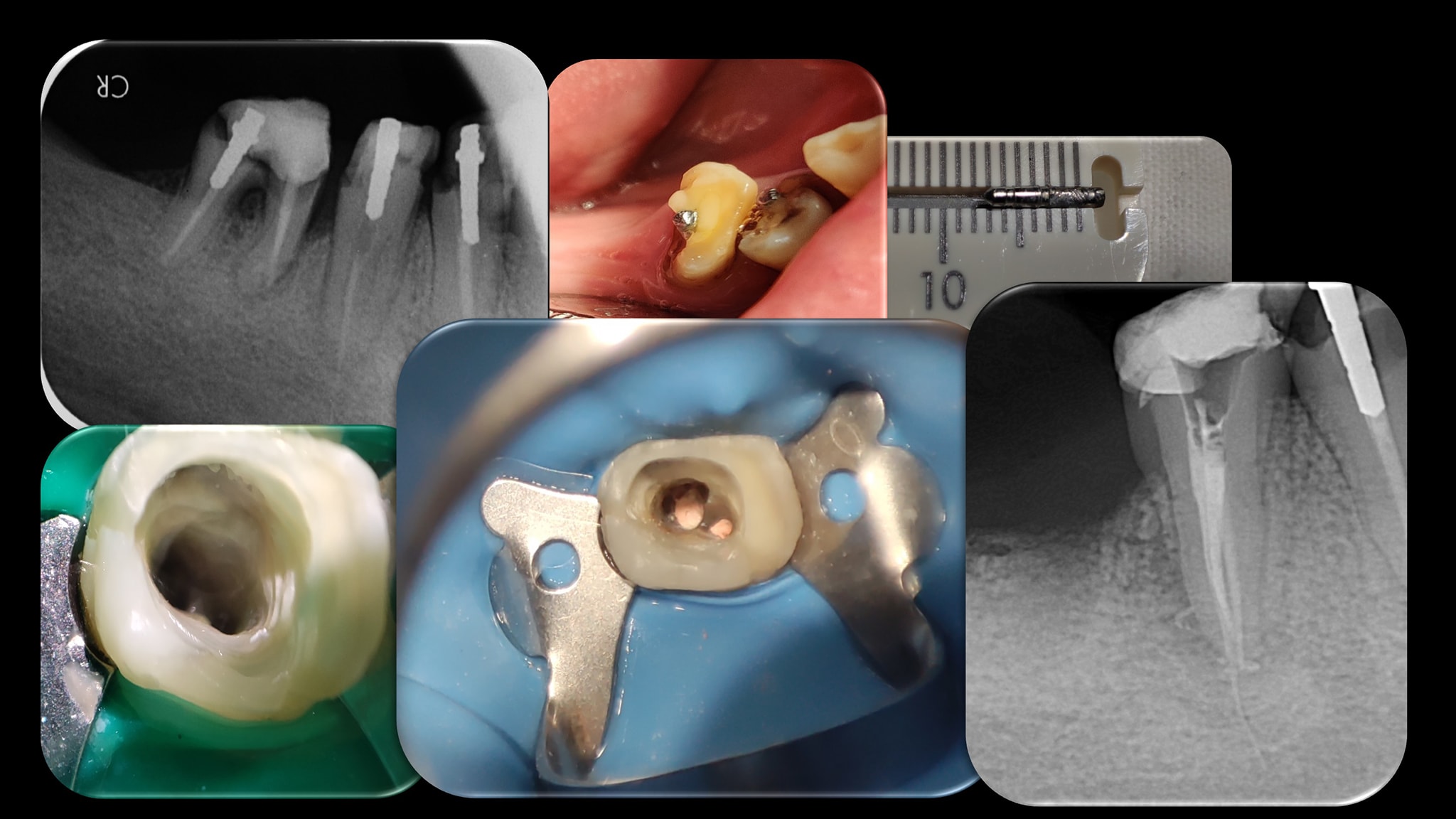Background
The use of calcium silicate-based sealers (CSBS) in the clinical practice has become increasingly popular, due to their biocompatibility, antimicrobial substantivity, and bioactivity. therefore, assessing the penetration of the sealer is a very important aspect, as deeper penetration grants greater sealing ability of the sealer. Over the past decade, various in vitro studies were carried out to evaluate & compare sealer penetration, particularly by comparing CSBS and epoxy resin-based sealers together [1, 2, 3]. According to a previous systematic review [4], the latter exhibit a superior sealer penetration over CSBS. Nevertheless, CSBS are still in uprising clinical use due to their favorable properties. Consequently, a high number of in vitro studies compare the dentinal tubule penetration of different CSBS compositions.
Aims
the aim of this systematic review study was to present a qualitative synthesis of available evidence on calcium silicate-based sealer penetration from a critical perspective, taking into account the recent controversy.
Materials & Methods
The present work followed the guidelines recommended by PRISMA 2020 Statement [5]. The systematic review protocol was previously registered in the PROSPERO, University of York, with the registration number CRD42022383896. The search process, study selection, methodology and outcome data extraction, and quality assessment were carried out by two examiners. A third examiner was consulted in the event of any doubt. A systematic advanced electronic search was performed in Scoups, Embase, Medline (via PubMed), Web of Science, and Cochrane databases on December 1, 2022, without any date or language restrictions. Additionally, the references of the included studies were screened for potentially eligible studies that did not appear in the preliminary database search. Data extraction was subdivided on variables on study characteristics, methodology, and results. Regarding the study characteristics, the author and year of publication were extracted. Regarding the study methodology, the following variables were extracted: extracted teeth, teeth storage after extraction, distance from the endodontic instrument to the apical foramen, instrumentation system, irrigation sequence, sealers used, dyes used, teeth storage after filling, teeth sectioning distance from apex. Lastly, regarding the study results, both the outcome measured and the method to assess the outcome were extracted. The “PRILE 2021 guidelines for reporting laboratory studies in Endodontology” [6] were used for the evaluation of inner methodological quality assessment (risk of bias) of the included studies resulting from the selection process.
Discussion of Results
Within the limitations of our review and the in vitro nature of the included studies, results indicate that calcium silicate-based sealers exhibit favourable dentinal tubule penetration, which can be affected by the irrigation protocol, sealer activation and the filling method used, and root canal morphology. EndoSequence BC Sealer showed the highest sealer penetration among the tested sealers, although further comparisons should be made in order to confirm the results.
References
1. Wang Y, Liu S, Dong Y. In vitro study of dentinal tubule penetration and filling quality of bioceramic sealer. PLoS One 2018, 13, e0192248. 2. Najafzadeh R, Fazlyab M, Esnaashari E. Comparison of bioceramic and epoxy resin sealers in terms of marginal adaptation and tubular penetration depth with different obturation techniques in premolar teeth: A scanning electron microscope and confocal laser scanning microscopy study. J Family Med Prim Care 2022, 11, 1794. 3. Candeiro GT de M, Lavor AB, Lima IT de F, et al. Penetration of bioceramic and epoxy-resin endodontic cements into lateral canals. Braz Oral Res. 2019, 33. 4. Lin GSS, Chan DZK, Leong JZ, et al. Dentinal tubule penetration of bioceramic-based versus epoxy resin-based root canal sealers: a systematic review and meta-analysis. G Ital Endod, 2022, 36. 5. Page MJ, McKenzie JE, Bossuyt PM, et al. The PRISMA 2020 statement: An updated guideline for reporting systematic reviews. The BMJ 2021, 372, n71. 6. Nagendrababu V, Murray PE, Ordinola-Zapata R, et al. PRILE 2021 guidelines for reporting laboratory studies in Endodon-tology: A consensus-based development. Int Endod J 2021, 54, 1482–1490.



